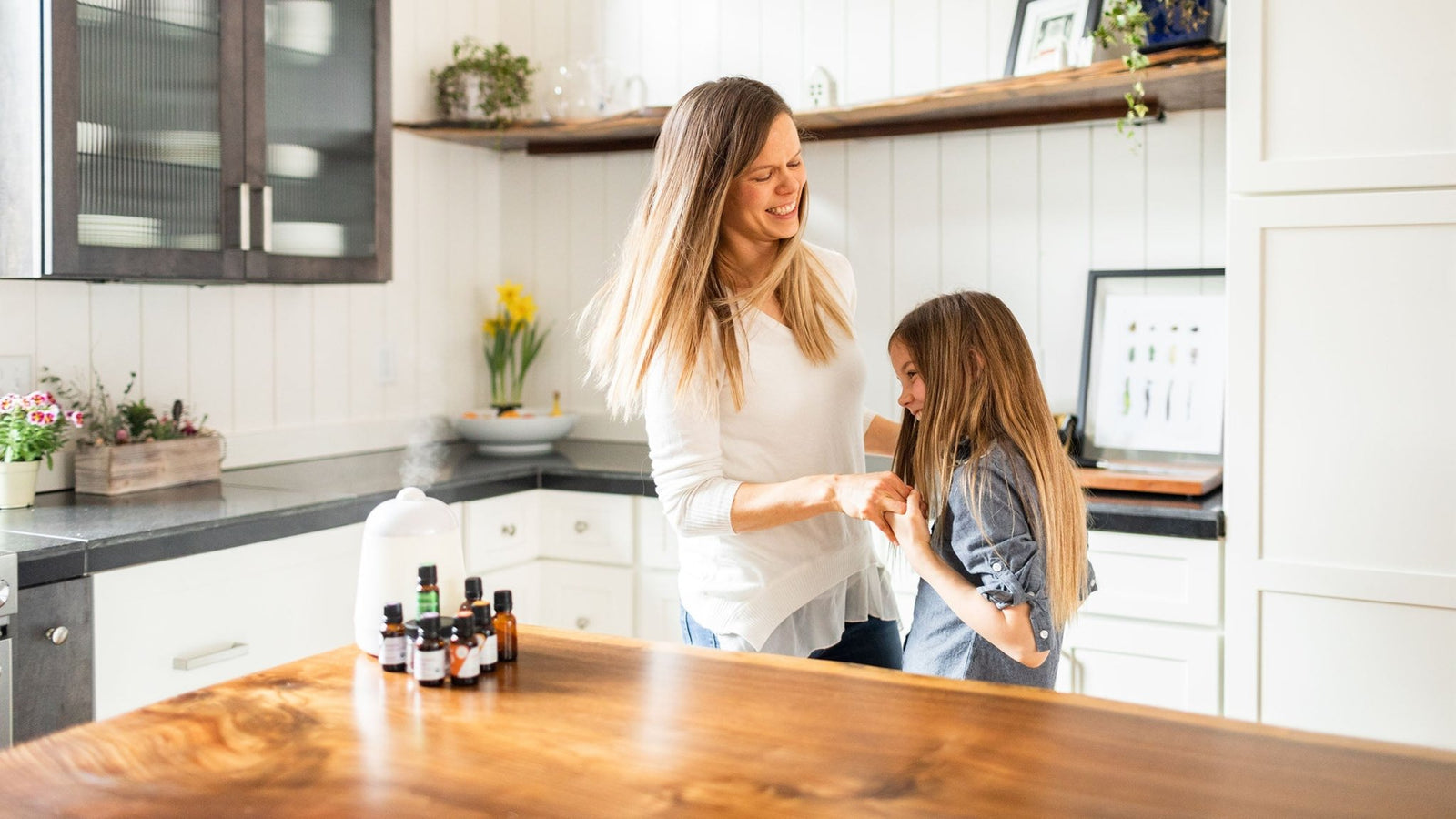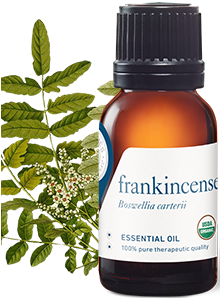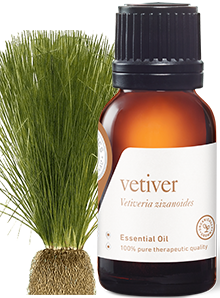Blending essential oils based on aromatic notes

Blending essential oils based on aromatic notes
Use this blending technique to:
- Create aromatically beautiful blends
- Inspire positive emotions in your clients
- Make beautiful perfumes and colognes
One of the first ways that many people learn how to blend is based on what their noses like
It’s a great way to learn!
You can hone this technique to an art form, and use it in combination with the other blending approaches in this guide.
For example, if you’re making a therapeutic joint care balm to help a client, you’ll want to consider the chemical families or chemical components first. It doesn’t always matter what a therapeutic blend smells like, as long as it works. That said, adding a warm floral oil to your joint care balm can soften the aroma, bringing a smile to your client’s face and comforting her emotions.
If your joint care balm smells nice, it also means your client will have a more pleasurable experience when she’s using it. She’ll be more likely to apply it regularly, and thus more likely to feel its therapeutic effects… and to come back to you again when she needs a refill!
That’s just one example of how you can combine aromatic blending with other approaches.
Of course, you can also practice aromatic blending simply to make beautiful products!
This technique is perfect for natural perfumes, colognes, and other body products that smell irresistible and make people feel good. Since aroma directly impacts the nervous system (via the limbic system and cerebral cortex), it’s a fantastic way to influence your clients’ emotional wellbeing and positive state of mind.
Aromatic notes can be grouped into three main categories, and each one has slightly different emotional effects. Some essential oils contain just one aromatic note (lemon is a strong top note!) while others contain a combination of notes (black spruce has both top notes and middle notes).
For this guide, we’ll focus on three aromatic categories: top, middle, and base.
Top notes

Top notes are light, playful, energetic, and fresh!
All of the bright, sunny citrus essential oils are top notes, as are oils that tend to clear the head—such as eucalyptus.
When you open an essential oil that has a lot of top notes, such as lemon, you’ll smell it very quickly. That’s because top notes are composed of very lightweight molecules, which evaporate fast. So they’re the first to get into the air and greet your nose!
Add top notes to your blend to help your clients feel:
- Energized
- Optimistic
- Refreshed (great for de-stressing!)
- Mentally focused
- Easy-going
Oils that have strong top notes include:
If you’re working with a client who struggles with seriously low energy or fatigue, making a blend full of top notes can bring a lot of sunshine into their life!
Recipes with strong top notes:
- Sunny Citrus Diffuser Blend
- Clearing & Energizing Inhaler Blend
- Foaming Peppermint & Eucalyptus Soap
Middle notes

Middle notes help to round out a blend.
Top notes are light and playful, and base notes are deep and earthy. If you make a blend of lemon (a top note) and patchouli (a base note), you’ll notice it’s a beautiful combination. But you may also notice that you can’t always smell both oils at the same time. Take a deep, long sniff, and you might smell lots of lemon at first… and the patchouli towards the end.
How can you bring the two together, so there’s less “space” between them?
Add a middle note!
Middle notes “fill out” a blend, creating harmony between the top and base notes. That’s why they’re often called “heart notes.” Another reason they’re called “heart notes” is because they inspire warm, positive, connected emotions.
Add heart notes to your blend to help your clients feel:
- Reassured
- Relaxed
- Sensual and romantic
- Open to new experiences
- Able to let go of deep emotional trauma
Oils that are rich in heart notes include:
A client who struggles with chronic sadness, anxiety around others, or self-doubt would benefit from a beautiful perfume rich in heart-opening middle notes.
Recipes with strong heart notes:
Base notes

Base notes are deep, rich, and earthy.
They ground a blend and give it “weight.”
Base notes are composed of heavier molecules, meaning they don’t evaporate as quickly. Their heavier molecules also mean they have more staying power. Apply a blend of lemon and patchouli to your skin (diluted in jojoba), and you may find that after a time, the lemon scent is barely detectable. The patchouli, however, may be as deep and present as ever.
That’s why base notes are popular “fixatives.” In natural perfumery, they work to prolong the aroma of a blend.
Add base notes to your blend to help your clients feel:
- Grounded
- Emotionally balanced
- Present and peaceful in the moment
- Relaxed and sleepy
- Safe and secure
Oils that have strong base notes include:
If your client is dealing with feelings of nervousness, or is unable to trust the present moment, a blend of deep, earthy, reassuring base note oils can help them feel more stable and at peace.
Recipes with strong base notes:
Blending essential oils based on aromatic notes
Join Our Newsletter
Save 15% on your first order
Aromatherapy sent directly to your inbox. Receive tips, essential oil recipes, promotion alerts, live events and more. We look forward to connecting with you! *Exclusions apply.

 1.
1.  2.
2.  3.
3.  1.
1.  2.
2.  3.
3.  1.
1.  2.
2.  3.
3.